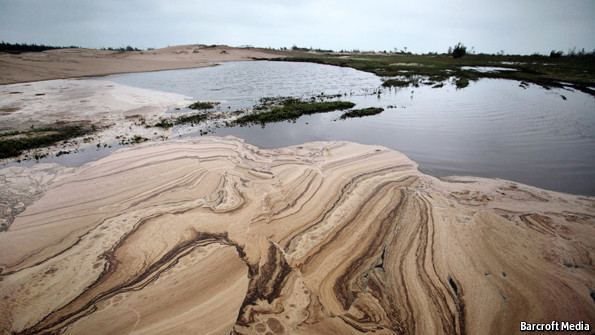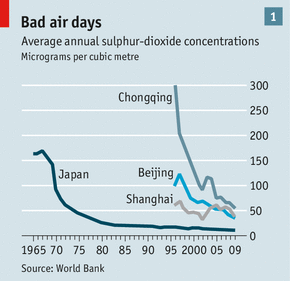Figure 1. Arctic supply lines.
Source: B&C Alexander
Six nations border the Arctic
Circle – Canada, Denmark, Greenland, Norway, Russia, and the USA – and they all
are struggling to lay claim to every meter of that cold, harsh place. Why?
For marine-based tourism? Barely. In 2004, 1.2 million cruise ships traveled the Arctic. Three years
later, this figure more than doubled.
For valuable fisheries?
Maybe. Cod, herring, and pollock fisheries will also migrate northwards as seas
warm.
For navigation? Hmm. Due to
melting sea-ice in recent years, the Northwest Passage has opened up,
connecting the Atlantic and Pacific Oceans. Tankers and icebreakers also travel
along the Northern Sea Route, connecting Europe/West Russia and East
Russia/Asia (
NatGeo).
Figure 2. The routes.
For oil and gas? YES. The
Arctic is believed to hold 13% of the world’s undiscovered oil and 30% of its
undiscovered gas. That’s
why every meter matters (
Quirin, 2012).
Let’s take a look at how the
Arctic Circle is divided up. In 2008, Durham University’s International
Boundaries Research Unit released the region’s first detailed map, in order to
highlight potential ‘hotspots’ for border disputes. A year earlier, Russian
scientists planted a flag on the North Pole seabed, and not everyone was happy.
Figure 3. Marine borders. For more information on the key, please read on here.
Source: Durham University
Essentially, coastal states
have unchallenged rights of resources up to 200 nautical miles offshore, called their Exclusive Economic Zone (EEZ). Some countries with landmasses extending into
the sea may claim an area up to 350 nautical miles offshore. From this basis
alone, there is overlap between USA and Canada, Norway and Russia. The map
represents each country’s
maximum
claim, leaving the Arctic with two ‘patches’ of ocean left unconquered (
BBC News).
Got land? Planting a flag is
merely the beginning. Extracting oil and gas from these offshore zones involves
high costs and high risks. The harsh climate will negatively affect staff and
equipment. The projects will need entirely new ‘greenfield’ development due to
little or no existing infrastructure. Spill containment and recovery are also
harder to manage compared to conventional zones.
So what are the countries’
current plans and future prospects?
Russia lay claim to
forty-three out of sixty-one large Arctic oil/gas fields. They have begun to
drill for hydrocarbons on continental shelves and are submitting an application
to extend their borders to include an additional 1.2 million square km. Only
two of their companies have license to operate: Gazprom and Rosneft, and with
North America’s shale boom, they have to rethink their LNG project.
Canada began its exploration
in 1972. The absence of infrastructure caused Arctic activity to cease in the
1990s, only to be rekindled this year by Chevron and Statoil in Beaufort Sea.
Norway also started its North
Sea oil production thirty years ago. Its border dispute with Russia is pending
parliamentary approval, so in the upcoming year, more of Barents Sea will be
available for exploitation (optimistically).
The USA’s Alaskan Arctic
region holds the largest oil deposits. This summer, Royal Dutch Shell began its
operation, and oil is expected to be extracted from the Beaufort Sea by 2020
(
Ernst & Young).
The Arctic Circle is fragile,
and its ecology, environment, and indigenous people need protection (
NatGeo).
At the very least, a research program, including spill management and oil
recovery techniques, now incorporate the nine major oil companies working in
the Arctic. Neither Gazprom nor Rosneft is involved (
BBC News).
References:












